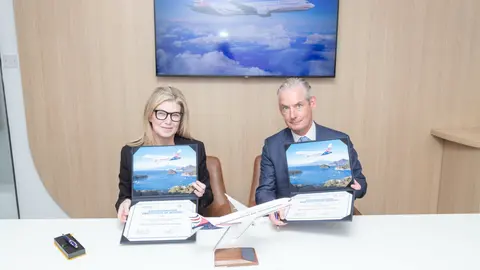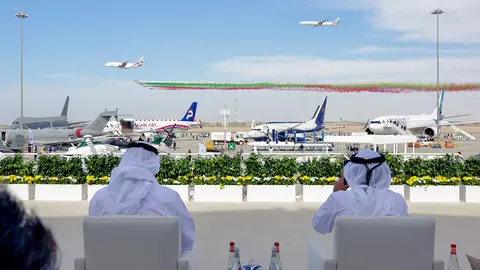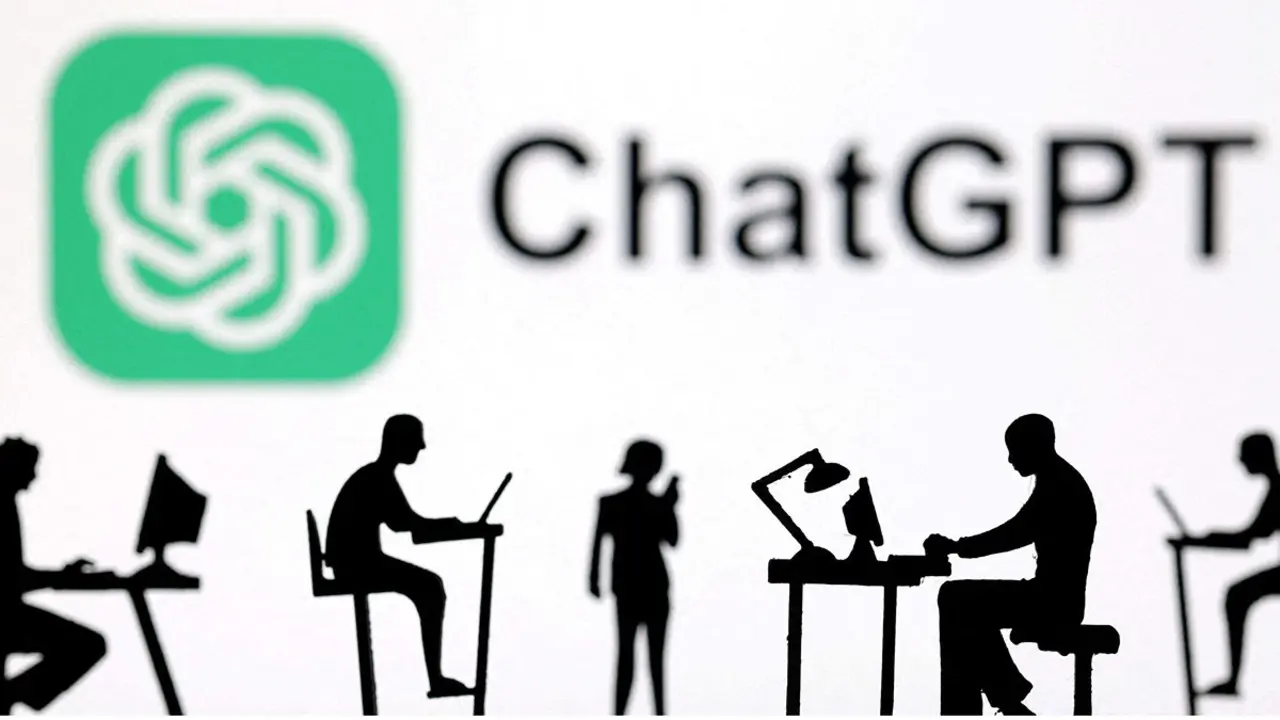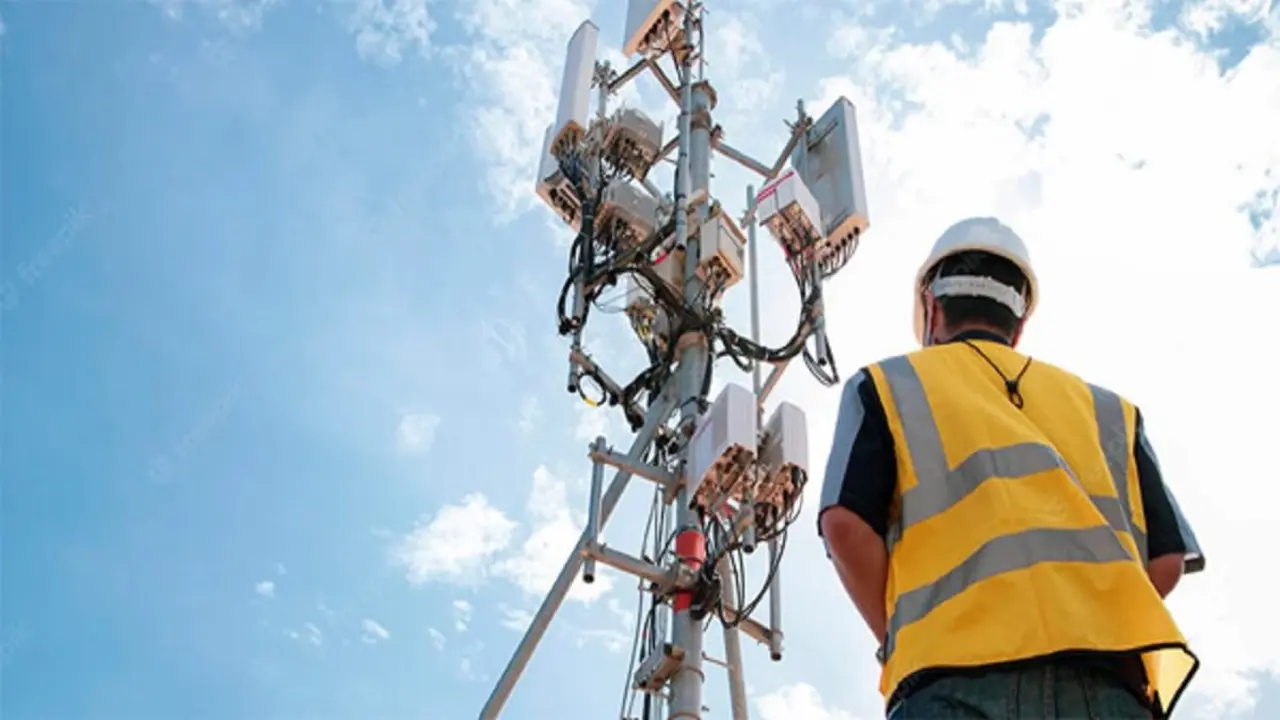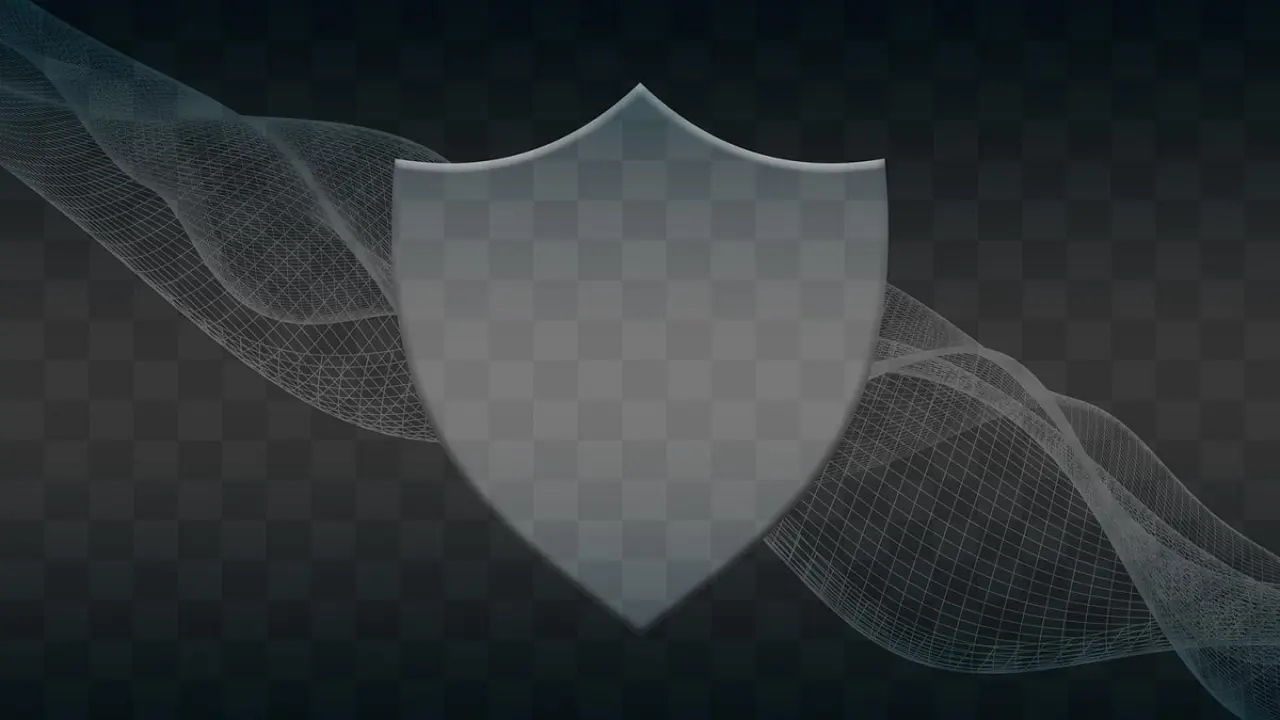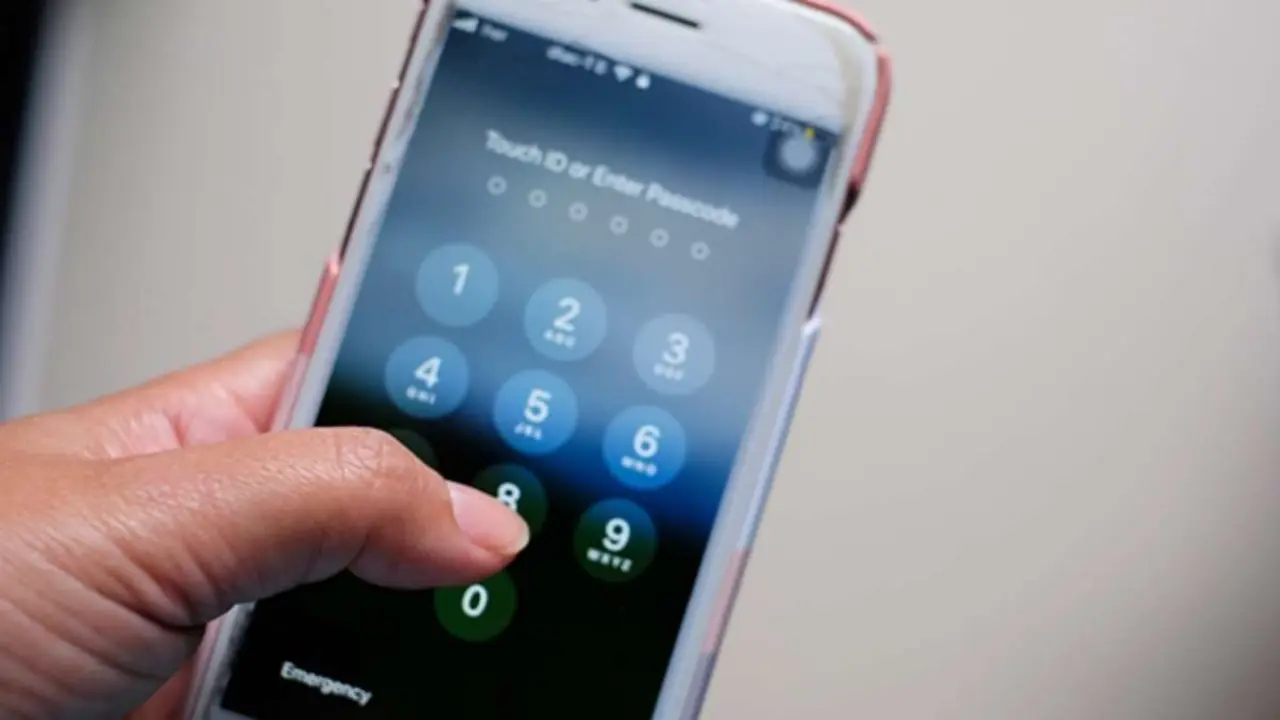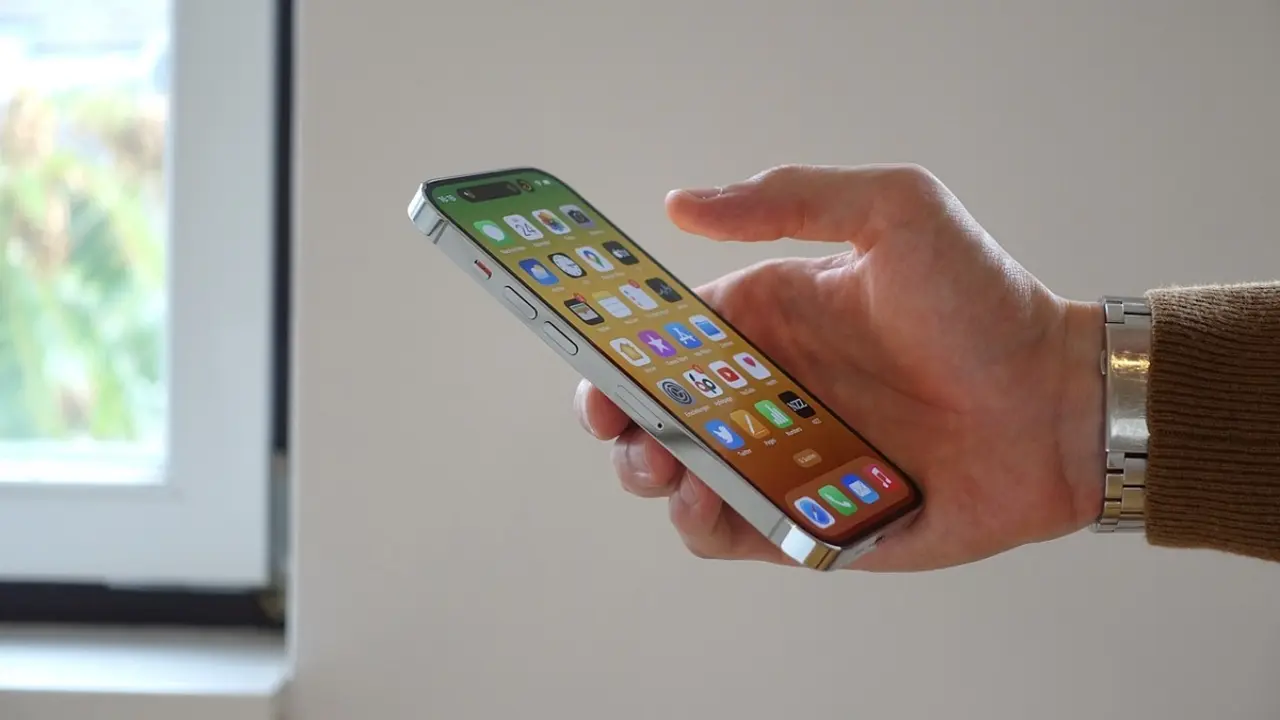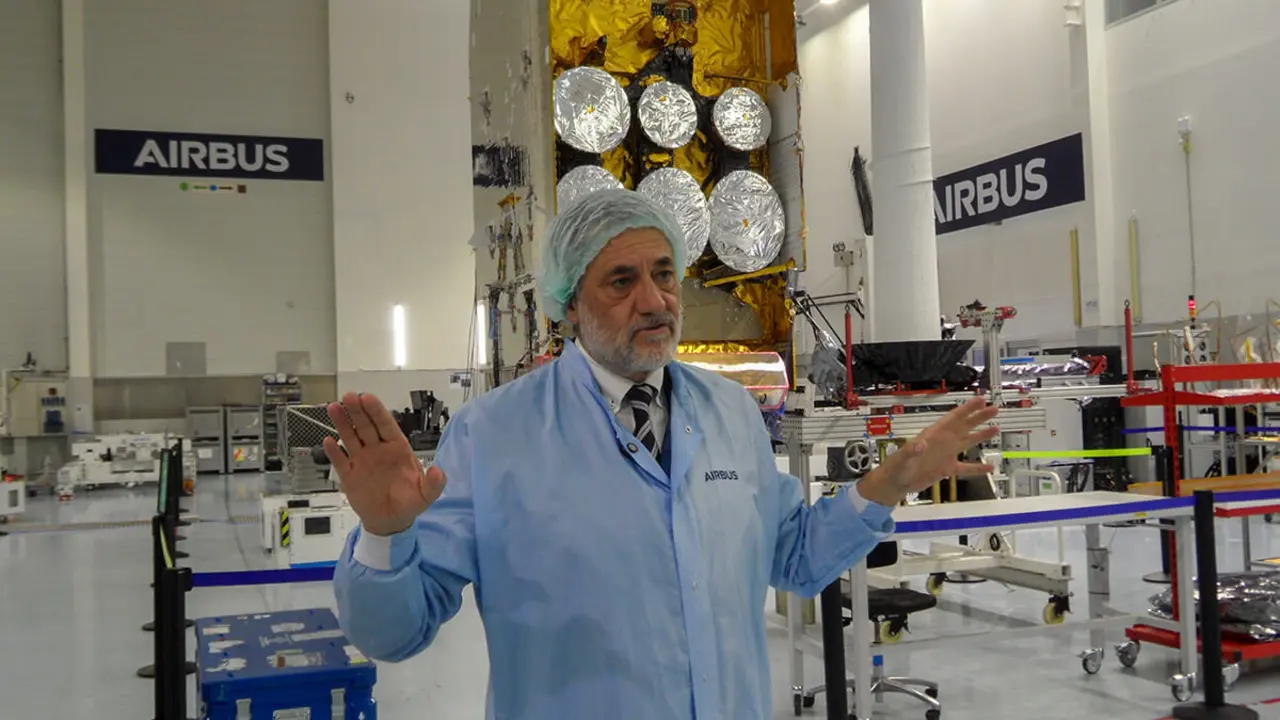Boeing's nightmare comes true: NASA distrusts its Starliner spacecraft
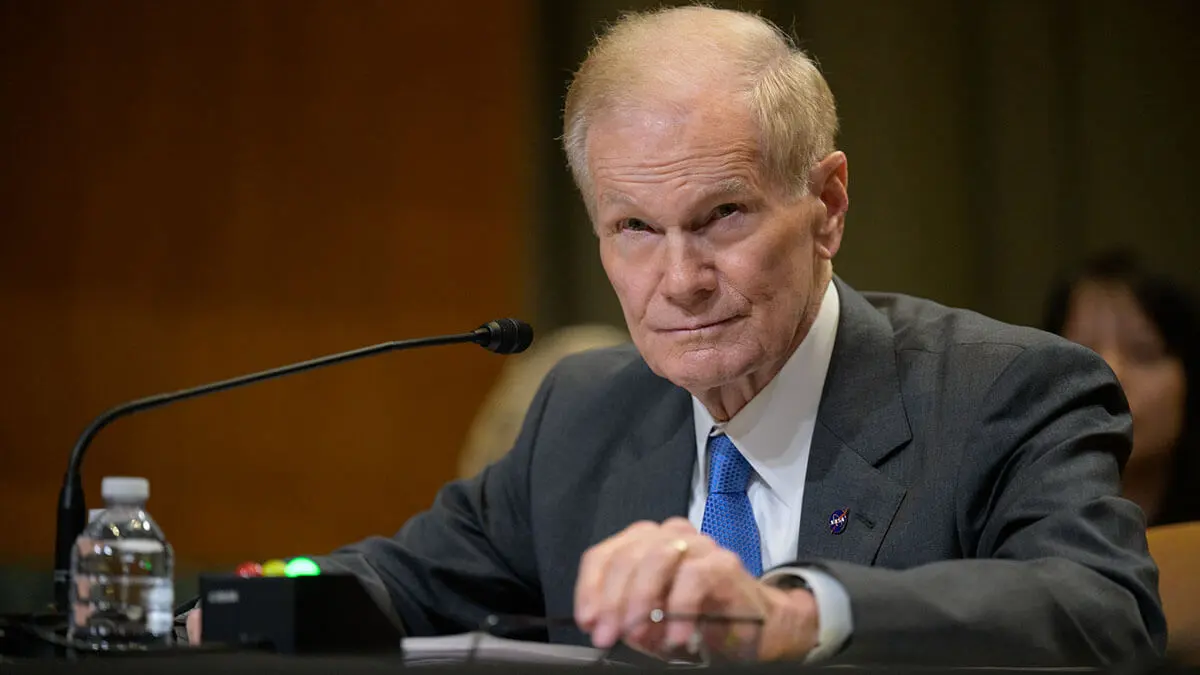
NASA has opted for the most prudent and, in the end, the most successful option, the one that offers a higher reliability index and more guarantees of success to resolve the critical safety situation caused by the technical problems that have arisen in the CFT-2 manned test flight of Boeing's Starliner space capsule.
The head of the US space agency, Bill Nelson, summed up with a straight face that ‘NASA has decided that Butch Wilmore and Sunita Williams will return next February with [the space capsule] Crew-9 and that Starliner will return uncrewed’. He said this at a press conference held at the Johnson Space Center in Houston (Texas), broadcast live on NASA's television channel at 13:00 hours on Saturday, 24 August (19:00 Spanish time).
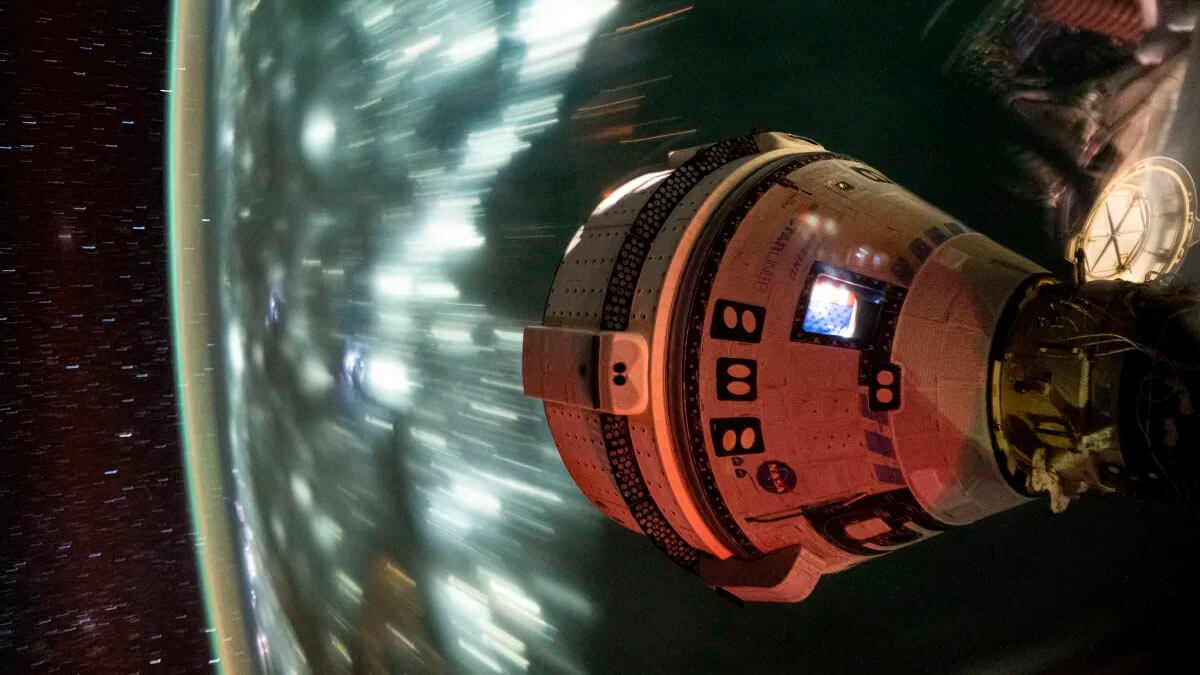
The decision means that the mission to return the two astronauts to Earth will not be subject to high and unpredictable risks. The two astronauts have been stranded on the International Space Station (ISS) since 6 June due to technical complications with the Boeing spacecraft that brought them to the orbital complex for an eight-day stay, which has now turned into more than 80 days... and what's left to come.
NASA's choice not to return to Wilmore and Williams with Starliner is a technological slap in the face for Boeing, torpedoing its prestige as the guarantor of Washington's space industry and turning the nightmare that has hung over the space branch of the big corporation for several years into reality. Bill Nelson, who will soon be 82, has tried to soften the negative impact of announcing that Starliner will return to the ground without occupants by stating that ‘Boeing has worked very hard with NASA to get the data necessary to make the decision’.
Also speaking at the Houston briefing was Commercial Crew Programme Manager Steve Stich, who is responsible for the Starliner project at NASA. The official proposal presented by Stich at the closed-door meeting held early Saturday morning to make the final decision was to recommend to Bill Nelson that Starliner return to the ground uncrewed and that Wilmore and Williams return in the Crew-9 Dragon capsule of SpaceX, Elon Musk's company.
Unanimous decision
Also present at the meeting was the agency's associate administrator for space operations, Ken Bowersox, who revealed that the decision for the Starliner to return empty was made ‘unanimously’ among NASA's top managers and specialists.
Ken Bowersox also revealed that Mark Nappi, Boeing's vice president and directly responsible for the success or failure of Starliner, was willing to support the return of his capsule ‘with or without a crew’. Boeing ‘believe in their vehicle and in bringing it home with a crew,’ Bowersox confirmed. However, ‘uncertainty and lack of consensus among experts do not meet the Agency's safety requirements and requirements for manned spaceflight’.
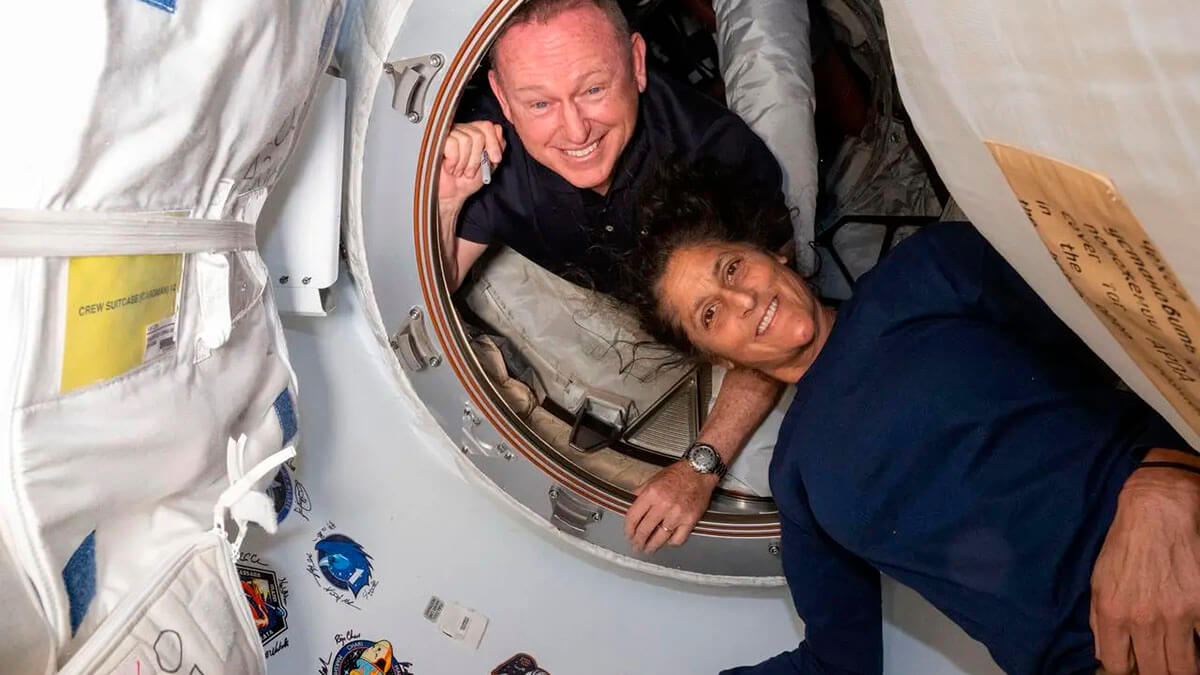
What happens next? First, Starliner, with no crew on board, will undock from the ISS early next month, possibly as early as 6 September, and make an autonomous return to Earth, landing in a desert in the southwestern United States.
What is already underway is reconfiguring the seats on the Crew-9 Dragon spacecraft and modifying the supplies on board. Since Butch Wilmore and Sunita Williams will remain on the ISS until February, the spacecraft must also load additional personal effects and spacesuits for the two tenants who are seeing their stay on the ISS extended.
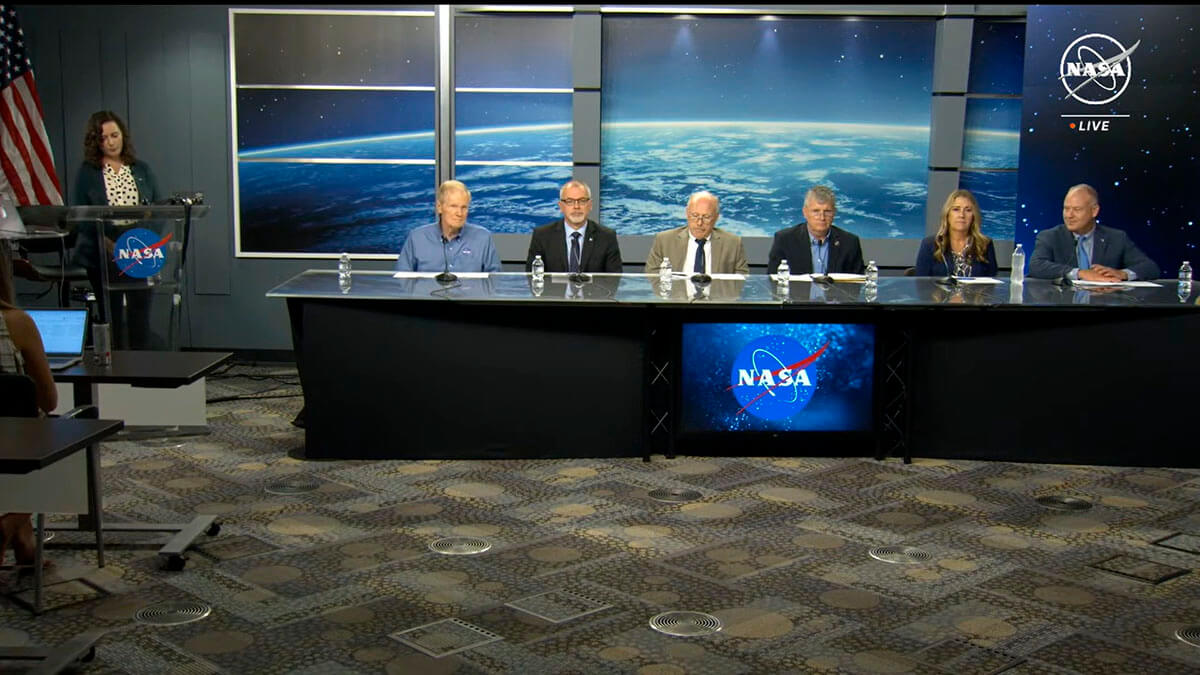
The next step is the launch of Crew-9, but with only two replacement astronauts instead of the four originally planned: three American veterans and one Russian, cosmonaut Aleksander Gorbunov, for whom it will be his first mission into space. It will take place on 24 September or immediately thereafter. The two selected, along with Wilmore and Williams, will make up Expedition 72 and the four will return in late February in Elon Musk's Crew-9 Dragon vehicle.
SpaceX to Boeing's rescue
NASA's decision increases the prestige and stock market value of SpaceX, Elon Musk's company, which comes to the rescue of its no longer so fearsome competitor. On the contrary, it has serious negative repercussions for Boeing and, in turn, for the Agency, which will have to reinforce its safety and security procedures, after betting more than a decade ago on contracting with private companies, SpaceX and Boeing, to develop spacecraft to carry astronauts to and from the ISS.
So far, the only official statement from Boeing is the one it has released on the social network X. The brief note from the company, which for less than 20 days has been chaired by Kelly Ortberg - former CEO of the multinational Rockwell Collins - confirms that NASA has decided to ‘autonomously return the Starliner from the International Space Station’.
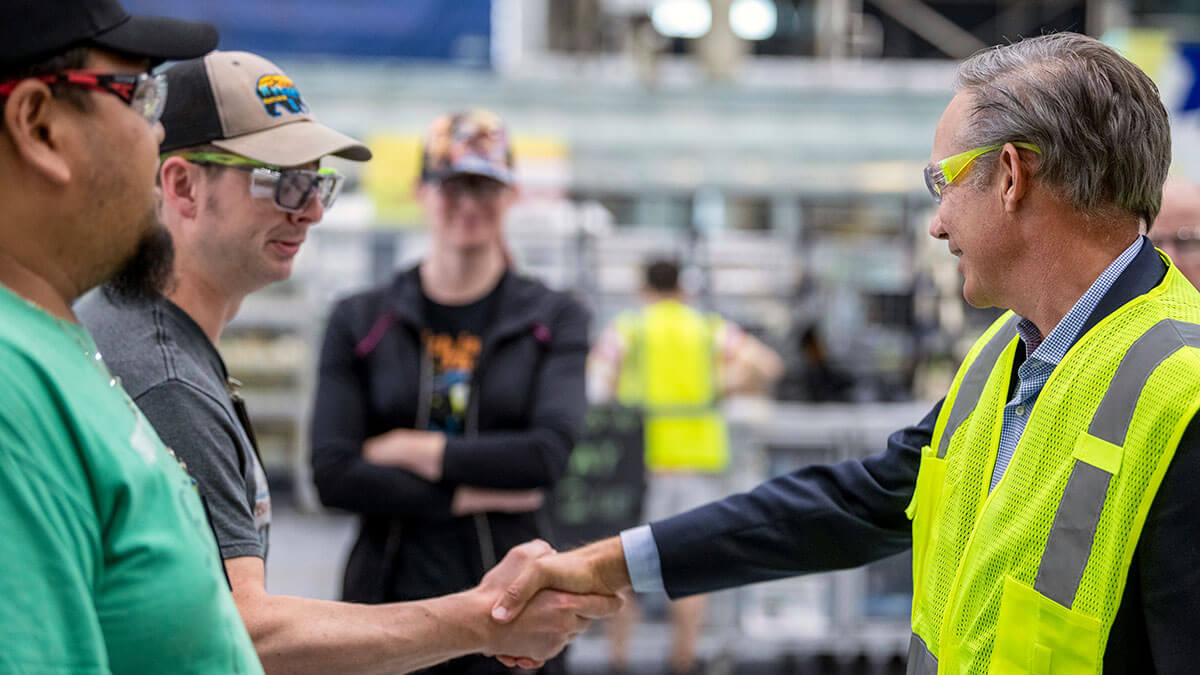
He also says that Boeing ‘continues to focus first and foremost on the safety of the crew and the space capsule’, adding that ‘we are executing the mission as determined by NASA and preparing the spacecraft for a safe and successful unmanned return’.
But for NASA not to entrust the return of its two astronauts to Starliner, what was the straw that broke the camel's back? NASA engineers have reproduced the failures of the vehicle's reaction control system at White Sands Laboratories in New Mexico. However hard they have tried, they have not discovered the ultimate reasons for the loss of thrust in five of the 28 small boosters during their approach to the orbital complex, which they fear could be reproduced on their return journey, with the danger of causing a catastrophe.
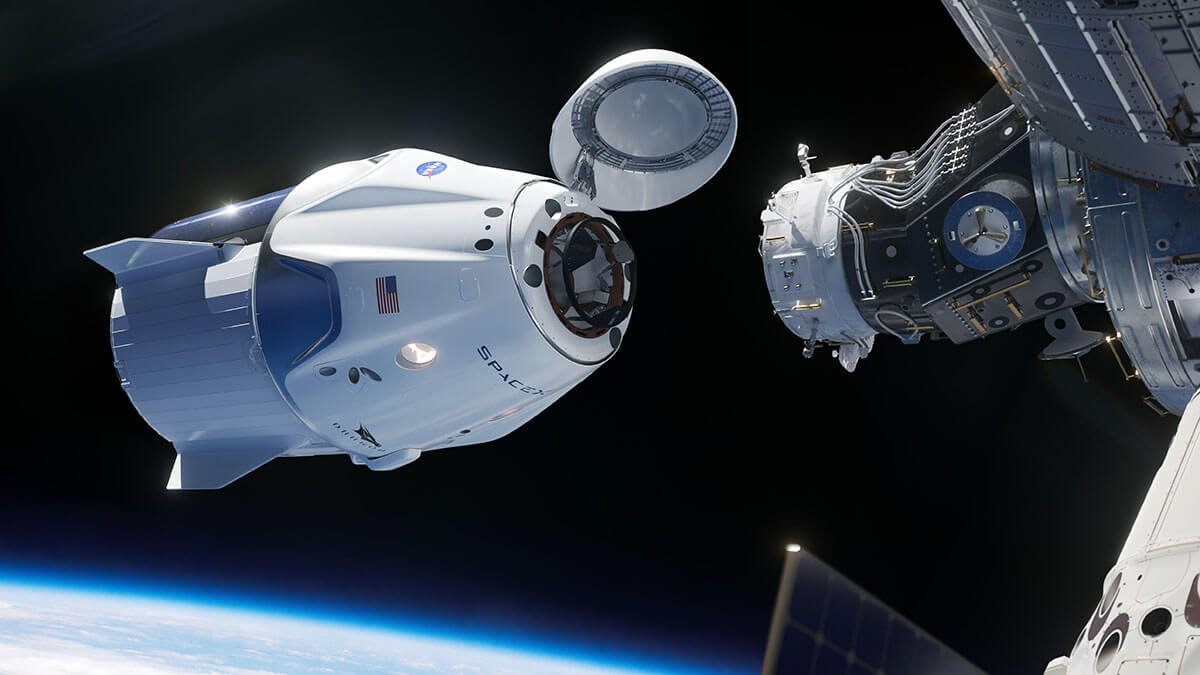
The successive contracts between Boeing and NASA to develop Starliner amount to some $5.1 billion. The company has already announced losses due to delays and cost overruns of around $1.6 billion, which will increase with the upgrade work after the return of the empty capsule. However, Boeing newcomer Kelly Ortberg has confirmed to the NASA chief that his company ‘will continue to work to address the identified deficiencies’.
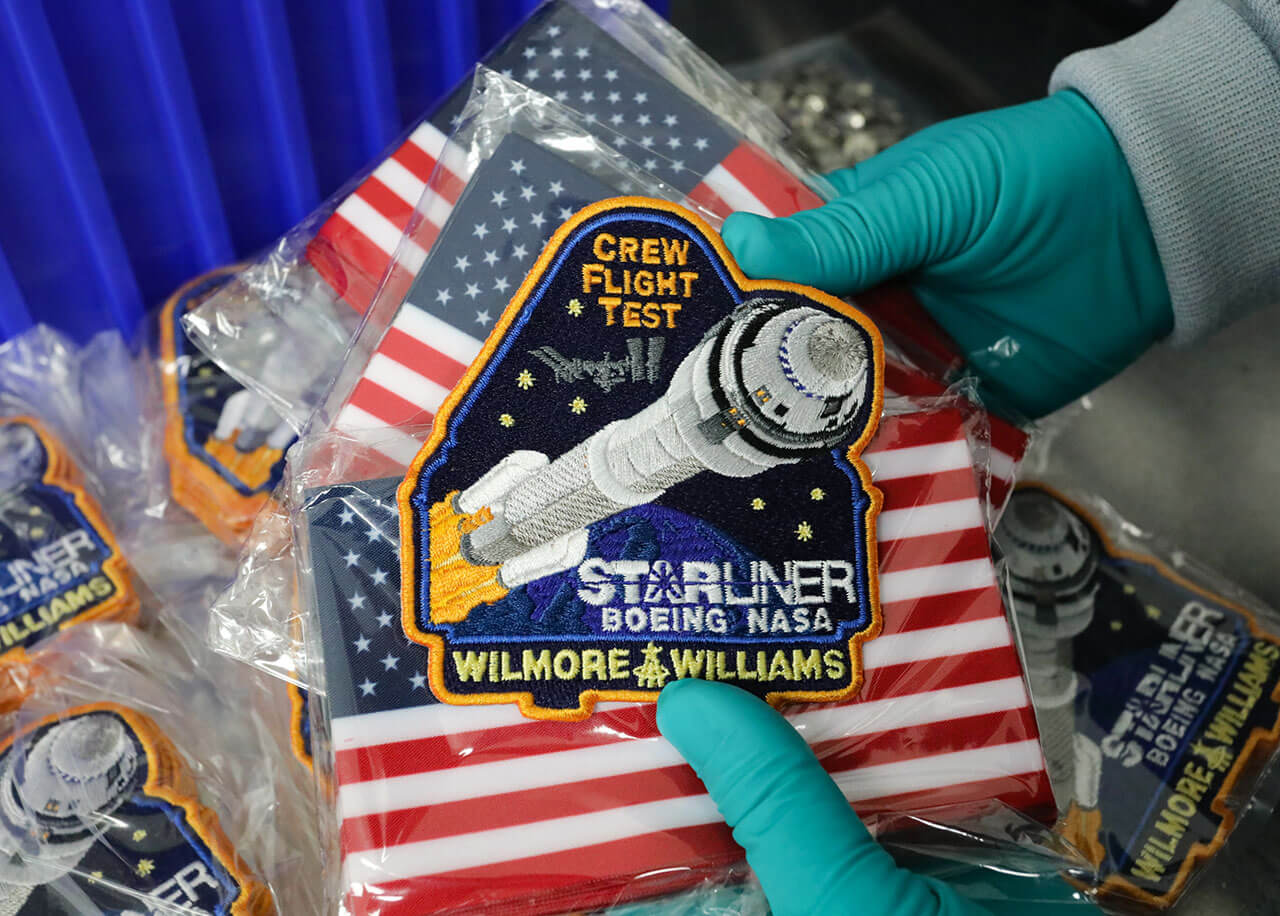
In the meantime, Mark Nappi and his team will meet on Monday, 26 August, to assess the repercussions of NASA's decision and plan Starliner reforms. But guaranteeing the next successful manned flight seems unfeasible until the end of 2025 or as early as 2026... and keep in mind that the life of the ISS ends in 2030. Ortberg could order the Starliner programme cancelled, but Bill Nelson has said that, for NASA, ‘it is very important to have two astronaut transport vehicles’. One is Elon Musk's Dragon Crew capsule. The other, whatever it takes, will be Starliner?


